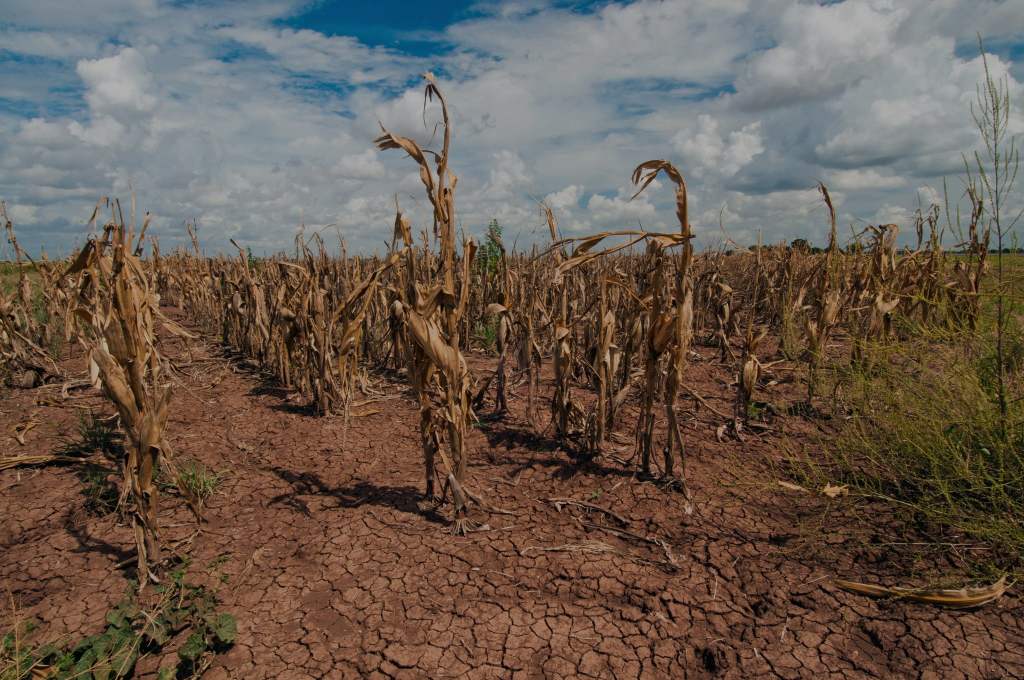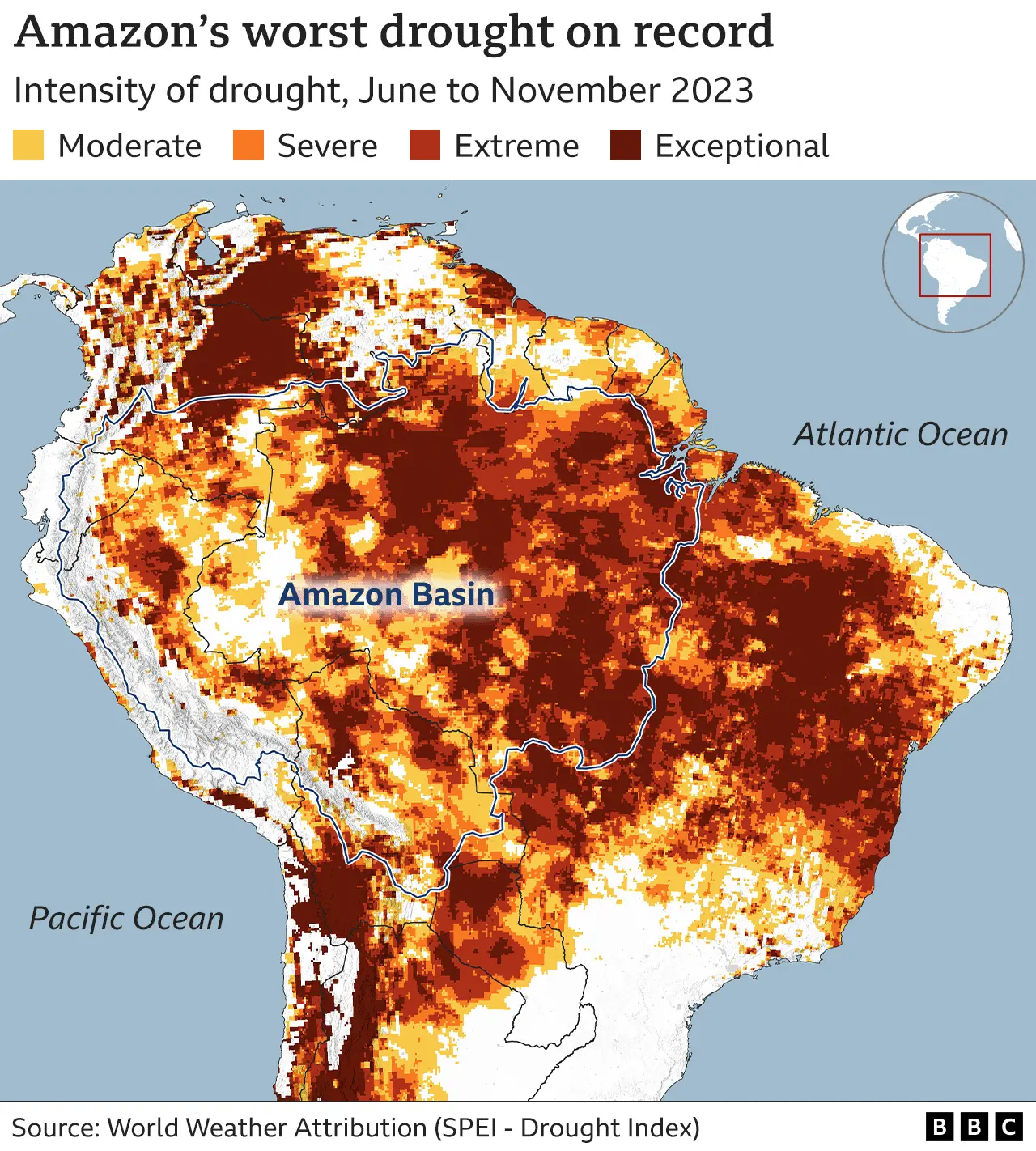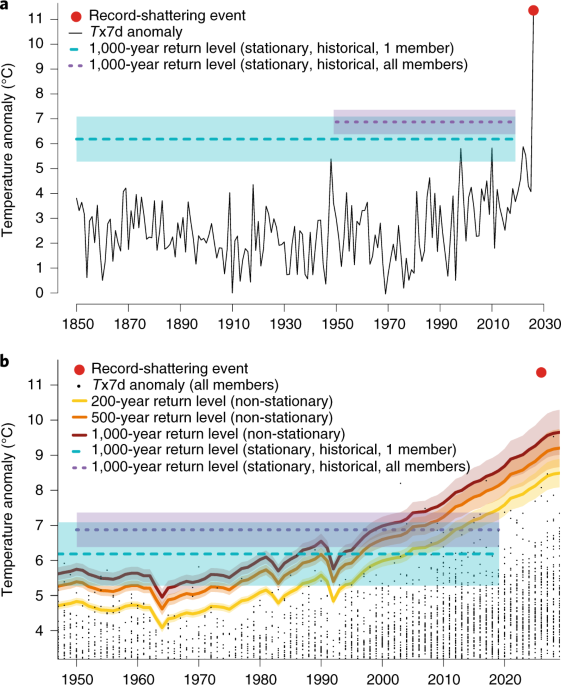
Extreme weather conditions have become more frequent and severe due to climate change. This report synthesizes information from various sources to provide a detailed overview of the most extreme weather conditions on Earth, including record-breaking temperatures, intense rainfall, prolonged droughts, devastating wildfires, and powerful storms.
Temperature Extremes
Record High Temperatures
Death Valley, California, one of the hottest places on Earth, recorded a temperature of 56.7°C (134°F) in 1913. Although its accuracy is debated, a more recent reading of 54.4°C (129.9°F) was recorded in August 2020 and, if confirmed, could become the highest reliably measured temperature on record[1]. In 2023, Phoenix, Arizona, saw 31 consecutive days with temperatures exceeding 110°F (43.3°C), a significant increase over the average[12]. Similarly, parts of India experienced temperatures as high as 116°F (46.6°C) during the 2024 elections, leading to fatalities and severe disruptions[8].
Record Low Temperatures

The coldest temperature ever recorded on Earth is -89.2°C (-128.6°F) at the Vostok Research Station in Antarctica on July 21, 1983[1].
Intense Rainfall and Flooding
Record Rainfall Events
Cherrapunji in Meghalaya, India, one of the wettest places in the world, received 2,493 mm of rain over a 48-hour period in June 1995. This remains the most extreme 48-hour rainfall ever recorded[1]. In May 2024, southern Brazil experienced heavy rains leading to significant flooding and displacing around 150,000 people[3].
Major Flooding Incidents

Flooding in the United States has also seen extreme instances, with Houston experiencing severe flooding due to torrential rainfall in May 2024 that required the rescue of more than 600 people[11]. Europe’s deadliest flood since 1985 occurred in July 2021, when 240 people died, and damages amounted to $43 billion in Western Germany and Eastern Belgium[9].
Prolonged Droughts
Severe Drought Conditions

From 2020 to 2022, East Africa suffered its worst drought in 40 years, with five failed rainy seasons displacing 1.2 million people in Somalia alone. Climate change has made such droughts at least 100 times more likely[3]. The Western United States, including California, has also faced prolonged droughts, significantly lowering water levels in major reservoirs like Lake Mead and affecting agricultural productivity[10].
Devastating Wildfires
Record-Breaking Wildfires
In 2020, Australia experienced one of its most devastating wildfire seasons, known as the 'Black Summer,' causing at least 34 fatalities and affecting millions of residents with hazardous air quality. The fires destroyed nearly 6,000 buildings and burned vast tracts of land[2]. Similarly, in 2023, Canada faced its worst wildfire season ever, exacerbated by hot, dry, and windy conditions, consuming millions of hectares of forest[12].
Powerful Storms and Cyclones
Hurricanes and Tropical Cyclones
The 2020 Atlantic Hurricane Season was the most active on record, with 30 named storms. La Niña conditions contributed to the formation of many of these hurricanes, although their intensity was driven mainly by the warming ocean temperatures due to climate change[2]. Hurricane Ida in 2021 caused $75 billion in damages, making it one of the costliest hurricanes in history[9].
Tornadoes and Severe Storms
In December 2021, the U.S. experienced its deadliest tornado outbreak for any December, with 69 confirmed tornadoes resulting in at least 90 fatalities and extensive damage[9]. The frequency and intensity of such severe storms are expected to rise with climate change.
Global Impact and Future Projections
Increasing Frequency and Severity

Data shows that the world has warmed by 0.25°C over the last decade, leading to more frequent and severe weather extremes. An average of 1 in 4 rainfall records in the past decade can be attributed to climate change[2]. The IPCC’s Sixth Assessment Report highlights that human-caused greenhouse gas emissions are increasing the frequency and intensity of extreme weather events[5].
Compound Events
Extreme weather events are increasingly occurring in combination, such as heatwaves and droughts or heavy rainfall and rising sea levels, exacerbating their impact. For instance, Japan experienced its hottest summer on record in 2021, with urban heat islands amplifying the extreme temperatures[12].
Long-Term Projections

Studies suggest that as global temperatures continue to rise, the probability of record-shattering extremes will increase significantly. High-emission scenarios project that such events, breaking records by three or more standard deviations, could become up to 21 times more probable by 2051-2080 compared to the last three decades[4].
Adaptation and Mitigation Efforts
Climate Change Mitigation
Researchers emphasize the need for immediate action to mitigate climate change by reducing greenhouse gas emissions. Technological advancements and policy reforms are crucial in curbing future risks[5]. Efforts are also underway to enhance global climate models to better predict and respond to these extreme weather events.
Conclusion
In summary, the most extreme weather conditions on Earth—record high and low temperatures, intense rainfall, prolonged droughts, devastating wildfires, and powerful storms—are occurring more frequently and with increased severity due to climate change. Immediate and sustained global efforts are essential to mitigate these impacts and adapt to an increasingly volatile climate[1][2][3][4][5][6][7][8][9][10][11][12].
Get more accurate answers with Super Pandi, upload files, personalized discovery feed, save searches and contribute to the PandiPedia.
Let's look at alternatives:
- Modify the query.
- Start a new thread.
- Remove sources (if manually added).